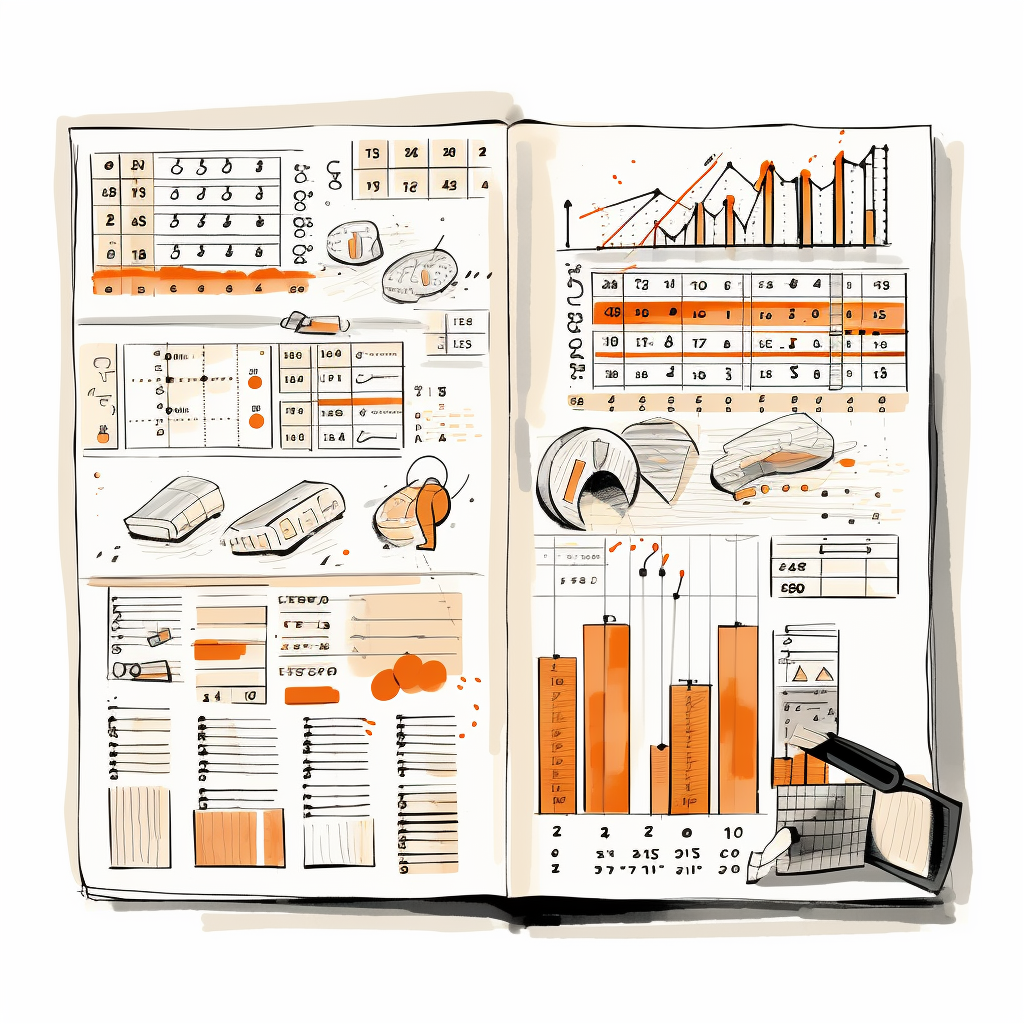
In today’s dynamic financial environment, a modern core banking system must serve as more than just a platform for transactions—it should double as a comprehensive financial management tool and a fully fledged bank account software. A bank account software built around a general ledger, equipped with a well-defined chart of accounts, is vital to maintaining this critical dual role. Here’s why:
Achieving Precision in Financial Management #
At the core of effective financial management is the ability to capture and record all kinds of financial transactions promptly and accurately. Serving as the heart of this process, the general ledger steps in as the single source of truth for all financial transactions. Think of it as the financial diary of a financial institution, diligently noting every transaction in a centralized and organized manner. The general ledger’s role is vital in maintaining the integrity of financial data and providing a comprehensive view of the institution’s overall financial health.
On the other hand, the chart of accounts operates as the classification guide in this setup. Much like an intricate filing system, it meticulously categorizes every transaction to the correct account—be it an asset, liability, equity, income, or expense. This clear classification enables swift location of transaction details and precise tracking of the financial position of specific accounts.
This fusion of the general ledger and chart of accounts in a bank account software forms a precise, detail-oriented financial recording system. Not only does it reflect the current financial status of the institution, but it also provides a historical perspective, allowing financial trends and patterns to emerge. By achieving precision in financial management, financial institutions are better equipped to make data-driven decisions, assess financial performance, and steer their strategic financial course effectively.
Ensuring Regulatory Compliance #
The world of finance is brimming with complex regulatory frameworks and reporting standards, necessitating an organised approach to compliance. A bank account software built around a general ledger simplifies the compliance process by offering a structured framework to generate essential financial reports. By categorizing financial data appropriately, the system ensures easy data retrieval for compliance reporting—no more last-minute scrambles before deadlines.
Enabling Robust Financial Analysis #
The granular level of financial detail available through a diligently maintained chart of accounts in bank account software empowers organizations to conduct robust trend analysis over time. This capability enables the identification of high-performing and underperforming segments, helping to prioritize investments and resource allocation. By uncovering the subtle nuances of financial performance, the software provides the ability to benchmark internal operations against industry standards. Moreover, it equips the institution with invaluable foresight to anticipate future financial trends and challenges. This level of data-driven insight serves as the bedrock for effective risk management, ensuring sustainable and profitable operations even in volatile financial landscapes.
Fortifying Risk Management #
Risk is an inherent element in the financial industry. Effective risk management therefore depends on the clarity of financial insights, which can be achieved through bank account software equipped with a detailed chart of accounts. These tools identify trends and patterns, offering a bird’s-eye view of a financial institution’s financial landscape and pinpointing potential risk areas.
The software does more than just painting a picture of the current financial scenario; it enables financial institutions to forecast future positions and potential challenges. It allows for scenario analysis, considering variables such as market volatility, economic shifts, and changes in customer behaviour. As a result, financial institutions can perform stress tests and make proactive decisions, reducing potential losses.
Moreover, effective risk management is not merely about dealing with potential threats but also about spotting opportunities for financial growth. A bank account software equipped with a robust chart of accounts can reveal potentially profitable trends or underutilized resources. Such insights can pave the way for innovative financial strategies, product development, or even new business models.
In essence, risk management through bank account software is like having a crystal ball, providing insights into the present, future, and the spaces in between. It’s the guiding light leading financial institutions through the labyrinth of risk, towards security, stability, and success.
Ensuring Seamless Integration with Accounting Systems #
To manage financial records efficiently, many financial institutions depend on external accounting systems. A bank account software centred around a general ledger can seamlessly integrate with these systems, ensuring the smooth flow and consistency of financial data. This integration eliminates manual data entry, reducing the risk of errors, and increasing overall efficiency. Moreover, this allows to monitor the truthfulness of the data in both systems as there will be the same datapoints available in both internal bank account software and external accounting systems.
Enhancing Audit Trails and Transparency #
A robust bank account software creates a clear audit trail of all financial transactions, enhancing transparency, traceability, and accountability. Every transaction is recorded with comprehensive details, paving the way for easier internal and external audits, fraud detection, and financial control.
Overall, a bank account software built around a general ledger and chart of accounts is not just an efficient accounting system—it is a fundamental component for modern banking institutions. Its capabilities to provide accurate financial management, ensure regulatory compliance, facilitate robust financial analysis, integrate seamlessly with accounting systems, and enhance transparency are invaluable in today’s banking landscape. We structured Baseella while having all of these considerations in mind and created a trully outstanding bank account software allowing to maintain visibility of the financial operations.


